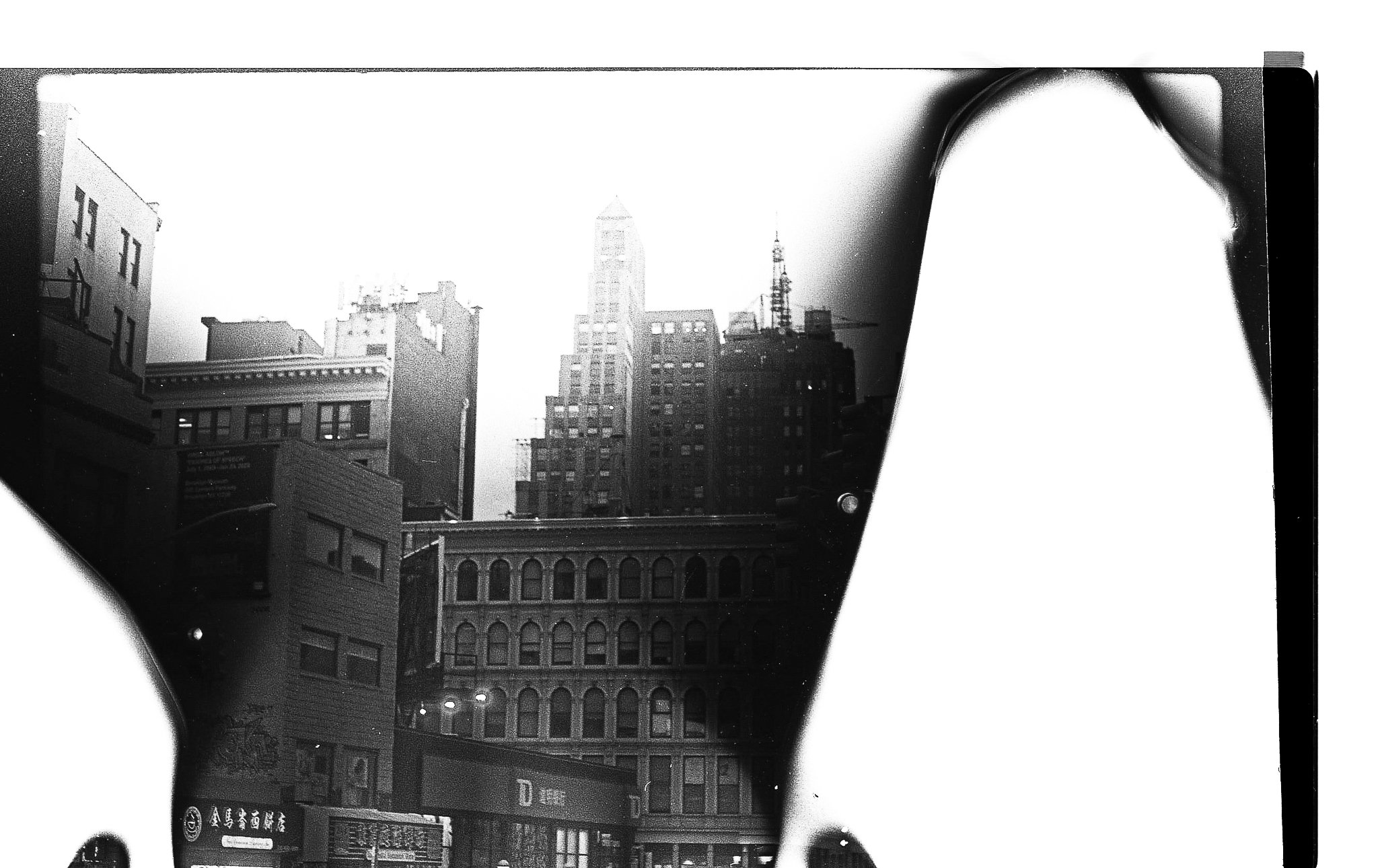Aurora Burnett Kuhn
My practice explores the intimate and otherworldly qualities of analogue photography. Through darkroom printing and film processing, I investigate how imperfections—dust marks, handprints, light leaks—become emotional traces that reveal the artist’s hand and presence. My Honours research focused on how intimacy is communicated through photography, and how the physical process of analogue printing deepens this connection. What captivates me most is film’s unpredictability. Like people, film responds to its environment—reacting to light, chemistry, and time. These so-called “mistakes” are not flaws, but elements that bring depth, mystery, and texture to the final image. They shift the photograph from documentation to artistic expression. In contrast to the immediacy of digital photography, analogue processes demand patience, slowness, and care. This slower pace creates space for reflection, curiosity, and emotional resonance. My work embraces this temporal intimacy, using analogue photography to create images that feel personal, fragile, and quietly transformative.
Mural Silver Gelatine Print, 164cm x 104cm, 2024.
$2000
New York and Negative Space
New York Fadescape
Mural Silver Gelatine Print, 104cm x 164cm, 2024.
$2000
“My work engages with the photographic medium as a site of both loss and discovery, directly tying into the themes of hidden histories, lost & found, and urban relics. Photography is often seen as a tool of truth—an objective way of preserving reality. However, my process challenges this assumption by deliberately allowing information to be lost or obscured within the negative. In doing so, the image becomes incomplete, fractured—yet still powerful. These visual absences mirror the way history itself is often recorded: selectively, with gaps and silences that speak just as loudly as what’s preserved. In this sense, each photograph becomes a kind of urban relic—something partial, weathered, and layered with meaning. The act of losing and finding within the image parallels how we encounter forgotten traces of the past in our surroundings, whether in overlooked architecture, fading signage, or personal memory. My work asks: when something is missing, what remains—and how does that reshape what we believe to be true?”


